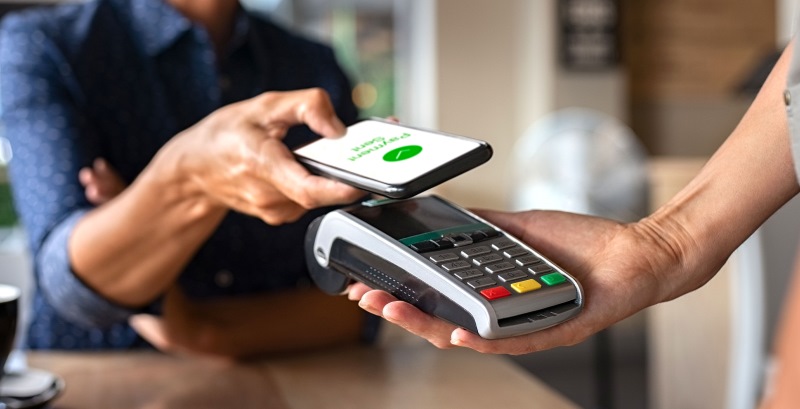Technology
Digital Wallets Transforming Payments in the U.S.
Digital wallets: In the U.S., paying at a physical cash register is increasingly becoming a digital experience. With the rise of smartphone wallets, consumers can now store digital copies of their debit and credit cards, concert tickets, and even driver’s licenses and car keys. The use of digital wallets has surged in recent years, driven by the widespread adoption of tap-to-pay technology. According to Federal Reserve surveys, around 62% of U.S. consumers reported using digital wallets in 2023, up from 47% in 2022.
What is a Digital Wallet
A digital wallet is an application that stores payment credentials and facilitates transactions on mobile devices, tablets, and computers. Devices running on iOS, Android, and other mobile systems often come with preloaded wallet apps. Fintech companies like PayPal also offer their own digital wallet apps and web-based payment services. Major U.S. banks provide electronic payment options through their apps, but these are not digital wallets. They don’t store money but facilitate transactions in other ways.
Digital wallets streamline payments across devices, while banks’ apps facilitate transactions but don’t store money, according to wsj news.
How Digital Wallets Work
Digital wallets aren’t credit cards but can act as a means to use one, depending on the specific wallet. The location of the funds depends on the wallet and payment method. For instance, if a digital wallet stores a debit card, the money is in the bank account linked to that card. In contrast, if it holds a credit card, the funds represent a loan from the bank. Some wallets, particularly those developed by fintech companies, may actually hold funds, likely in collaboration with a fintech bank, before and after transferring money to the intended recipient.
A Growing Payment Method
Digital wallets have been around since the 1990s, with pioneers like PayPal and Alipay leading the way. However, it wasn’t until 2019 that mobile wallets surpassed credit cards to become the most widely used payment method globally. In the U.S., this milestone took an additional four years. By 2028, digital wallets are expected to facilitate $16 trillion in payments, according to Juniper Research.

UK Antitrust Regulator Concludes Investigation of Tech Giants
The UK antitrust regulator, the Competition and Markets Authority (CMA), has concluded its investigation into the app stores operated by…
Security and Regulation
The security of digital wallets varies, but using a wallet like Apple Pay is generally safer than using a physical card. Features such as facial recognition and unique tokens for transactions enhance this safety. However, concerns persist about the safety of funds stored in these wallets if the platforms were to fail. Different regulators oversee various aspects of the digital wallet space in the U.S., with the Consumer Financial Protection Bureau (CFPB) proposing to extend its oversight to include major companies like Apple and Google.
The Future of Digital Wallets
Identification is a crucial growth area for digital wallet technology, with only a few U.S. states currently supporting digital IDs. California intends to allow residents to store driver’s licenses in Apple and Google Wallet. While this technology hasn’t fully replaced traditional payments, its global adoption is rising, especially in Southeast Asia, Latin America, Africa, and the Middle East. Usage in these regions is expected to grow substantially.
Get 70% off on 3 years of premium unlimited access to The WSJ All Digital. No hidden fees or auto-renewals. Access on PC, Mac, smartphone, and tablet. Sign up now and start reading within 24 hours.

